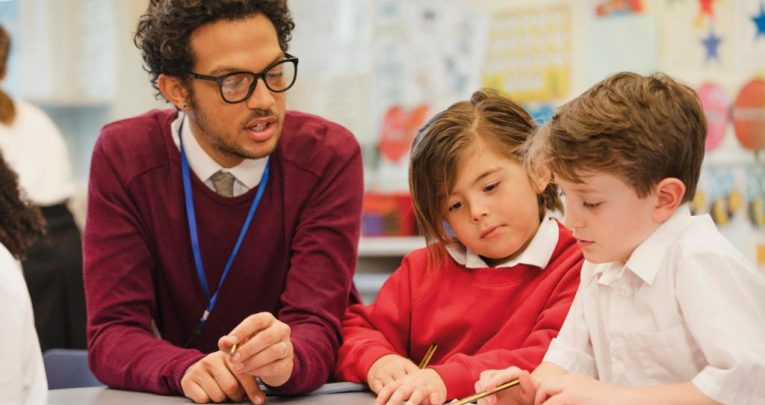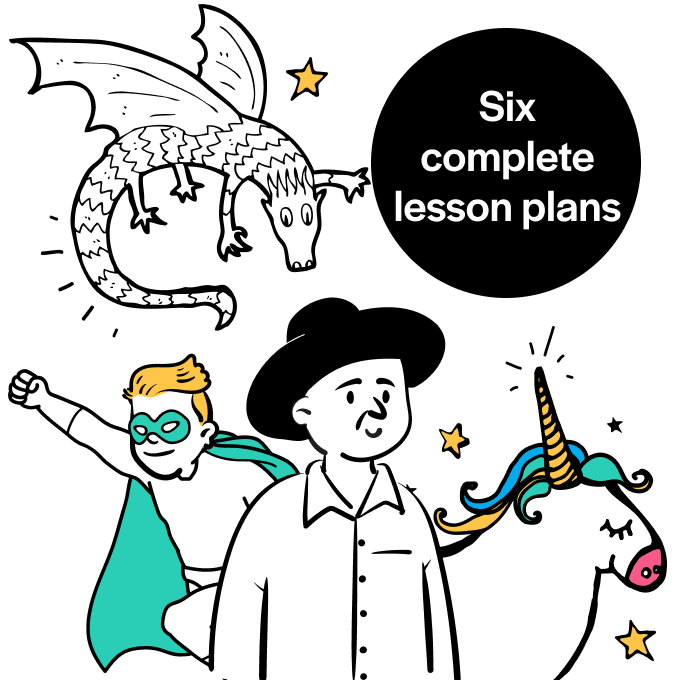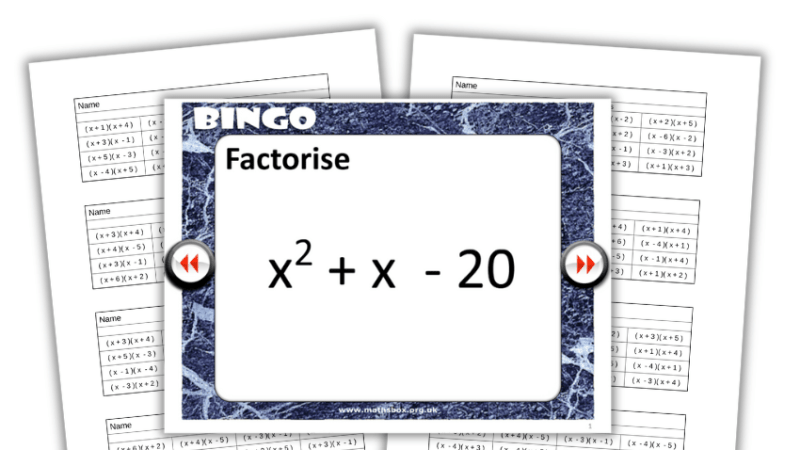I was bad at teaching reading – but then I found a better way

Christopher Such hasn’t always taught reading well, but practice, and a good deal of research, have helped him develop a far better approach…

I’m pretty confident that for most of my teaching career I taught reading badly. My initial teacher training left me with scant knowledge of the science of how children actually learn to read.
Although in hindsight such ignorance feels borderline unforgivable, I think this experience is all too common – something that explains the many similarly uncertain approaches I have observed over the years.
In the main, I have seen generic reading skills like comprehension and inference prioritised while reading fluency, background knowledge and vocabulary have been undervalued.
Such teaching simply doesn’t bear much resemblance to the recommendations made by cognitive scientists based on decades of studying how people learn to read.
It is the responsibility of every teacher to align their practice with the best available research in a manner that fits their unique classroom circumstances. What follows is an outline of my attempt to do this, written in the hope that it might assist yours.
1 | Focus on fluency
I will begin the year by hearing each child read and assessing their fluency. (As a rule of thumb, I count children’s reading as fluent when they can read aloud at more than 120 words per minute with good prosody from an age-appropriate text and then answer a basic comprehension question.)
Where phonics is an issue, systematic interventions will be put into place.
If fewer than 80 per cent of the children are fluent, I will undertake daily fluency practice in mixed-ability dyadic pairs.
This entails children reading to one another from the same text – which is pitched at the best readers in the class – for 20 minutes in short, alternating periods.
Sometimes the text will be read aloud to the children beforehand; other times they will dive in without this assistance.
The children will read designated passages repeatedly – up to three or four times – aiming for fluency. The listening partner will keep track of where their reading partner is up to using a ruler and will be trained to offer support in decoding unfamiliar words.
Where neither partner can decode a word, they will be expected to write it down for discussion later in the session.
All children will gain from explicitly developing their fluency in this way, but the dysfluent will gain the most.
The final 10 minutes of these half-hour sessions will be spent sharing the knowledge and vocabulary underpinning the text and discussing questions relating to comprehension, inference and authorial intent.
If, however, more than 80 per cent of the children are fluent, I will undertake daily fluency practice in a guided group with the remaining 20 per cent.
At the same time, the rest of the class will read longer texts – sometimes in silence, sometimes aloud with a partner – but without the need for repeated reading, as this is most useful for developing fluency.
As before, the final third of the session will be spent discussing unfamiliar vocabulary and the knowledge underpinning the text.
If all children reach fluency, we will read a variety of texts together, sometimes in silence and sometimes aloud. At this stage, my key considerations will be mileage (the amount of reading my class is undertaking each day) and content (the knowledge of the language and of the world needed to comprehend the text).
Why focus on fluency?
Reading fluency is an important – and, in my experience, under taught – step between phonics and reading comprehension.
It needs to be explicitly and regularly addressed. Reading fluency can be thought of as consisting of three elements: automaticity, accuracy and prosody (ie fluent readers read quickly, easily and with the patterns and rhythm of spoken language) and research suggests that it is best achieved through repeated oral reading in the manner described, using texts that are a little beyond the grasp of the children.
2 | Focus on a variety of non-fiction
Through the school year, children will read various texts on subjects from across the curriculum and beyond. Texts might discuss marsupials, hurricanes, Gilgamesh, the history of flight or Mozart. Fiction will be included in reading sessions too – short stories mainly, but non-fiction will be prioritised.
Why focus on a variety of non-fiction?
Beyond the development of fluency, when children are reading, what is being learned is entirely contained within the vocabulary and knowledge inherent to the text itself.
If the text is about volcanoes, then that day’s lesson is about learning the background knowledge and vocabulary related to volcanoes (along with whatever syntactical structures are contained within the text).
When a child asks where volcanoes are found and the teacher shows on the interactive whiteboard a map of the globe with the tectonic plate margins delineated, that is teaching reading as much as discussing why the author chose a specific simile. Teaching knowledge is teaching reading.
3 | Teach spelling regularly
Spelling will be explicitly taught with a focus on morphology. The teaching of morphology will use words with which the class are already familiar to develop familiarity with the patterns of suffixes and prefixes they encounter frequently while reading.
Word matrices will be used to show the common ways in which words are adapted in the English language for different meanings.
Why teach morphology?
Research suggests that the teaching of morphology assists the learning of reading, especially for weaker readers of all ages. We are, to borrow cognitive neuroscientist Mark Seidenberg’s phrase, ‘statistical learners’, unconsciously finding patterns in the vast amount of word and sentence data that we read.
Showing the bound morphemes that can be added to a root morpheme (eg ‘ing’ added to ‘help’ in the word matrix above) teaches children about the similar patterns in other words, and in this way a little morphology teaching goes a long way.
4 | Read fiction aloud every day
I will spend at least 20 minutes each day reading a story to my class. Sometimes I will pause to discuss the book’s language and the background knowledge required for understanding, but more often than not the focus will be on the right pace to encourage enjoyment.
Why read fiction every day?
Nothing inculcates a love of reading better than setting aside a period every day to share brilliant books with a class, and if along the way they happen to learn some vocabulary and develop a collection of story structures and fictional worlds to advance their own reading and writing, then that’s a pleasant bonus.
5 | Encourage reading at home
For children who are already fluent, I will encourage independent reading at home by recommending books and keeping track of the reading being done.
For children who are not fluent, I will use parents’ evening to discuss how children’s reading can be supported at home, including the basics of fluency practice and how to segment and blend words.
Why encourage reading at home?
There simply isn’t enough time in the school day for children to build up the bank of orthographic knowledge that is a requisite of mature reading. Once children are fluent, independent reading is essential.
The way I teach reading will likely evolve through the academic year, but I am confident that interpreting the best available research to fit my context will lead to better outcomes than I would have otherwise achieved.
Christopher Such is a key stage one primary teacher and curriculum leader from Peterborough. He has worked in education for 13 years, including spells in every key stage from foundation stage to A-Level, teaching mostly in upper Key Stage 2.











